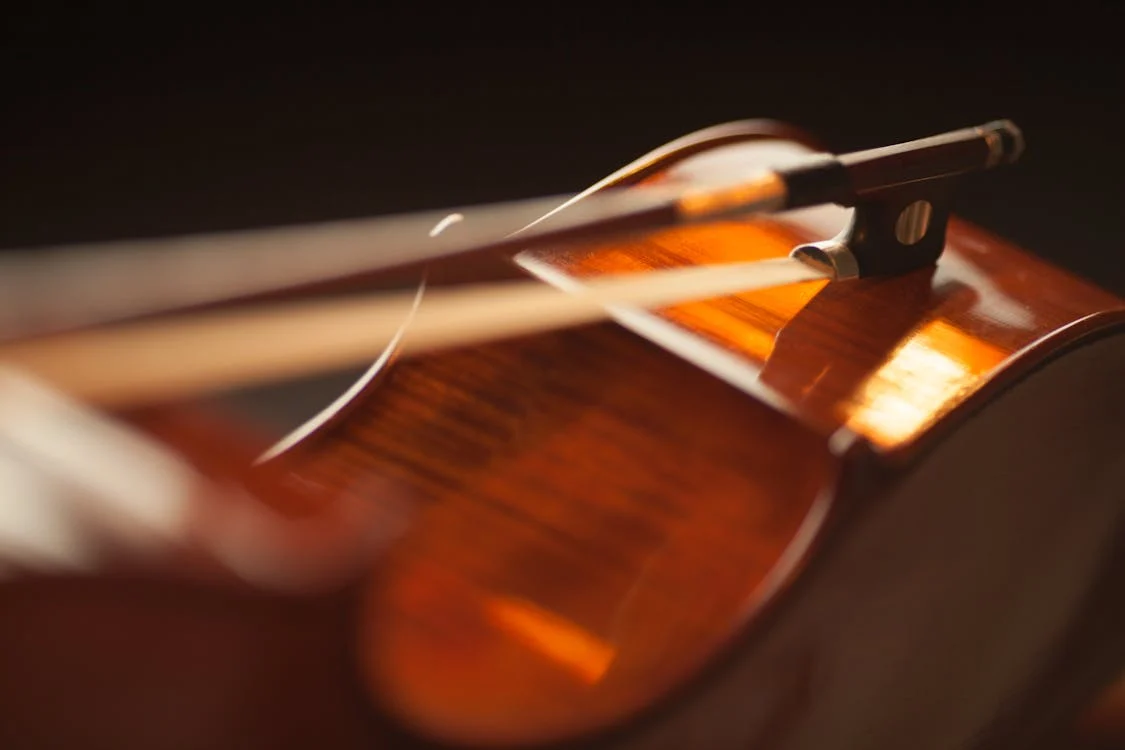
In the world of music, certain instruments stand as timeless witnesses to the evolution of human creativity. Among these is the oud, a magnificent and ancient stringed instrument. Often referred to as the predecessor of the guitar, the oud carries a rich and illustrious history that spans centuries and crosses cultural boundaries. Its resonant and hauntingly beautiful tones have not only entertained, but also served as a means of expressing profound emotions, stories, and cultural identities.
The oud’s origins are believed to date back thousands of years, making it one of the earliest stringed instruments known to humanity. Its history is intertwined with the cultural tapestry of the Middle East, North Africa, and parts of Asia. Throughout the ages, the oud has undergone various transformations, both in its physical design and its musical applications, adapting to the tastes and needs of different eras and regions. Yet, its core essence and unique charm have remained remarkably consistent.
This instrument’s enduring attraction lies in its ability to evoke a deep sense of nostalgia and connection with the past, reminding us of the universality of music as a language that transcends time and place. As we explore into the fascinating history and significance of the oud, we come to appreciate its role as a symbol of musical tradition, artistic expression, and cultural heritage that continues to enchant and inspire musicians and audiences worldwide.
Evolution of Sound and Form
The oud’s journey through time has seen an intriguing evolution in both its physical structure and musical applications. Initially crafted with simple materials such as wood and gut strings, it bore a design deeply rooted in tradition. Over centuries, its form has undergone refinements, resulting in various regional adaptations and playing styles.
The development of the characteristic pear-shaped body, distinct sound holes, and the introduction of additional strings, for example, are testaments to the instrument’s adaptability. Concurrently, its musical repertoire has expanded, with the oud lending its enchanting voice to classical compositions, folk tunes, and contemporary genres. This evolution is a testament to the oud’s enduring relevance and versatility in the world of music.
The Oud’s Global Resonance
The enchanting melodies of the Oud have transcended borders, captivating the hearts of music enthusiasts worldwide. Its profound influence can be heard in diverse musical genres, from the haunting strains of Middle Eastern classical compositions to the soul-stirring folk tunes of North Africa and the Mediterranean. In recent years, the Oud has found its place in Western music, enriching the soundscape with its timeless elegance. Its unique tonal qualities and evocative power make it a bridge between cultures, fostering cross-cultural musical collaborations that celebrate the beauty of diversity. The global resonance of the oud underscores its enduring significance and its ability to unite people through the universal language of music.
Conclusion
In the world of music, the Oud stands as a timeless testament to human creativity and cultural exchange. Its enduring elegance and global resonance remind us that, despite the passage of centuries, the power of music to transcend boundaries and touch the human soul remains undiminished.
